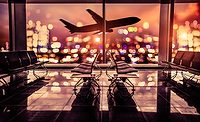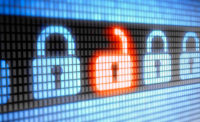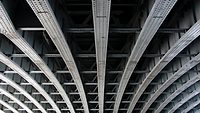Legislation Introduced to Strengthen Wireless Networks to Withstand Wildfires and Disasters

Rep. Jared Huffman (D-CA) and Rep. Anna G. Eshoo (D-CA) introduced the Wireless Infrastructure Resiliency during Emergencies and Disasters (WIRED) Act, legislation to allow states to require wireless companies to deploy resilient infrastructure in order for cellphone networks to better withstand disasters.
Currently, states do not have the explicit authority to require companies to deploy wireless infrastructure resilient to natural disasters. The legislation clarifies that states have this authority when setting “terms and conditions” for companies operating in any state in order to best prepare for geographically specific disasters.
“Californians understand firsthand that reliable communications are especially essential during wildfires,” Eshoo said. “During many natural disasters, cell towers are destroyed, leaving individuals without the ability to call 9-1-1, receive alerts or evacuation orders, or download updated fire information. My bill allows states to require wireless companies to deploy infrastructure that can withstand natural disasters. Resilient infrastructure, such as fiber cables with fire-resistant casing, will ensure lines of communication remain accessible between community members and emergency services, saving lives and property.”
“After the wildfires that inflicted devastating impacts on the North Coast, Congress must work to ensure our communities are better equipped to handle future firestorms,” Rep. Jared Huffman (CA-02) said. “During these emergencies, it was clear that there was room for improvement in how we are using communications networks to share vital information, including evacuation orders and other safety warnings, with impacted individuals. I’m glad to help introduce the Wireless Infrastructure Resiliency during Emergencies and Disasters Act to ensure that communities are better prepared and can stay safe during emergencies.”
The FCC reported in 2018 that 81% of the 27 million 9-1-1 calls made in 2018 were on wireless devices. Yet, according to the California Office of Emergency Services, 341 cell sites were offline during the 2017 October Wildfires and 489 cell sites were offline during the Camp and Woolsey fires, preventing wireless users in those areas from being able to call 9-1-1, receive an emergency alert, or use their cell phones to find the safest evacuation route.
Looking for a reprint of this article?
From high-res PDFs to custom plaques, order your copy today!





